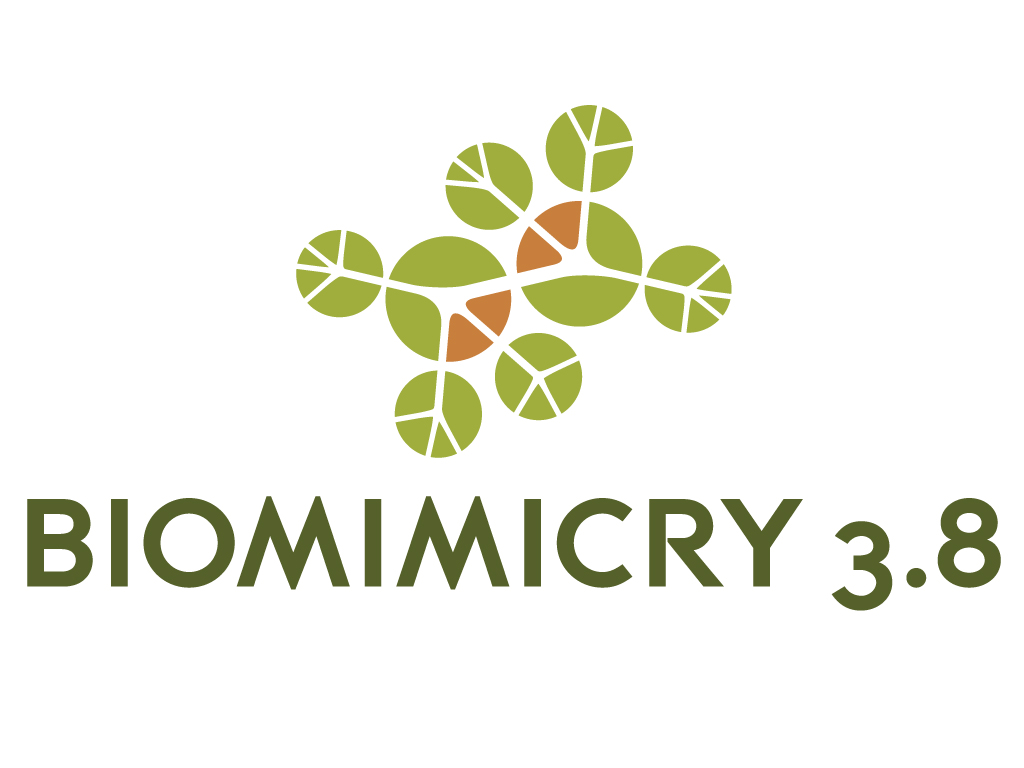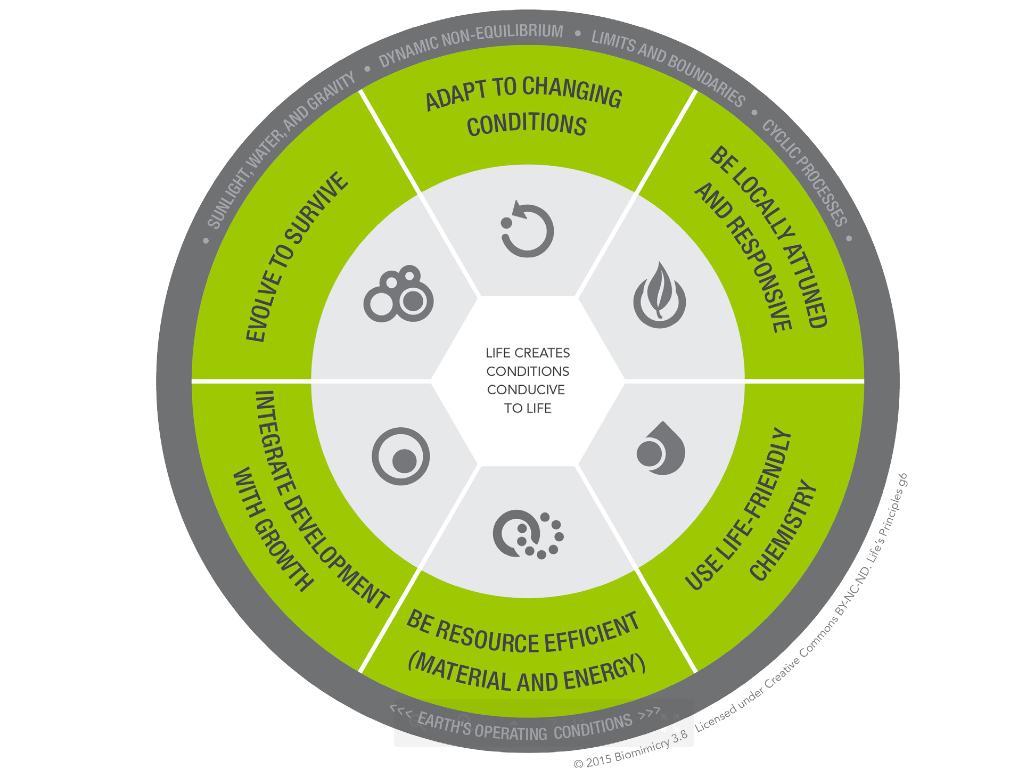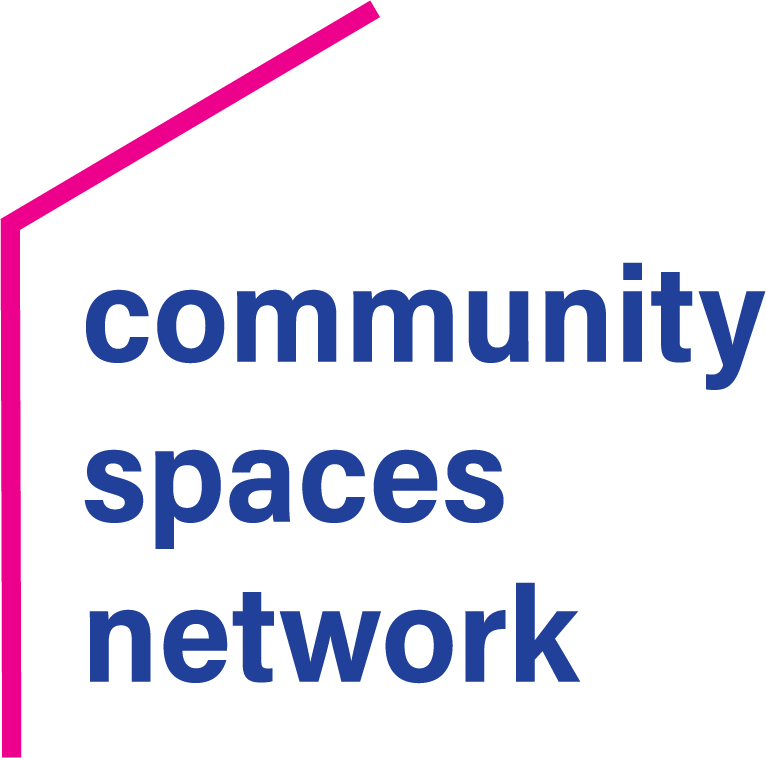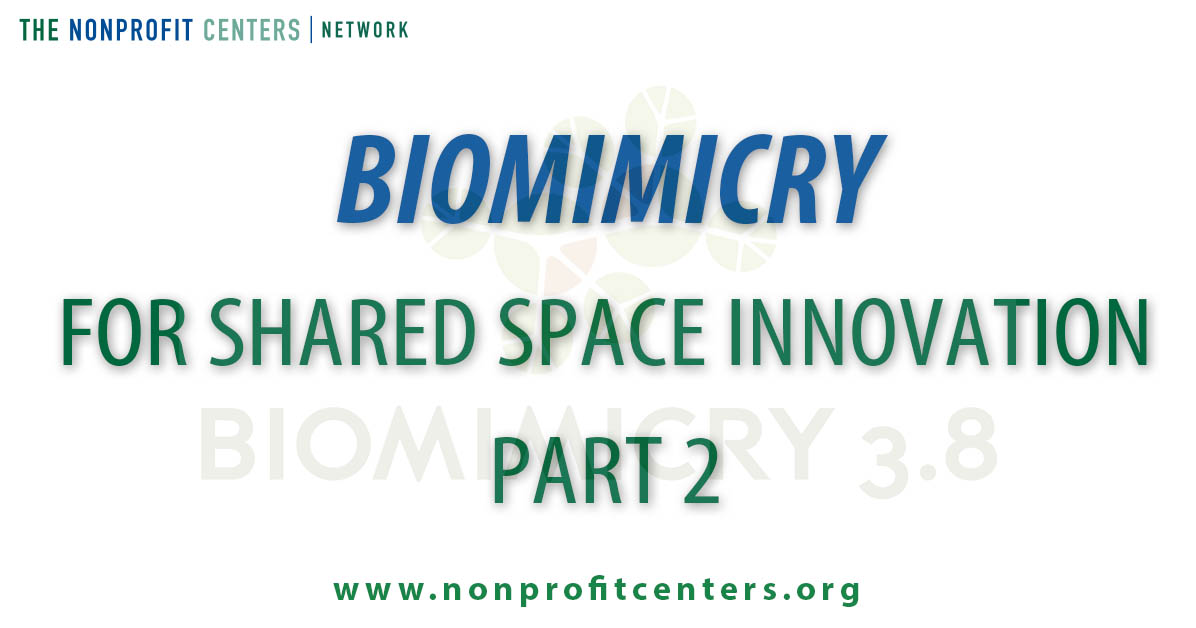
 Type the word “innovation” into Google, and you’ll get nearly 7 million search results; it seems that all companies and entrepreneurs are striving to make it a part of their brands. And while new technologies are important, the unchecked stampede for innovation may be draining energy from the full application of existing innovation strategies—some of which come with 3.8 billion years of intelligence and design practice.
Type the word “innovation” into Google, and you’ll get nearly 7 million search results; it seems that all companies and entrepreneurs are striving to make it a part of their brands. And while new technologies are important, the unchecked stampede for innovation may be draining energy from the full application of existing innovation strategies—some of which come with 3.8 billion years of intelligence and design practice.
Biomimicry distills life-sustaining patterns and strategies into a lens that can be applied to a diverse array of design challenges. Importantly, its primary requirement/constraint is that solutions be conducive to life. That means it cannot hide or mask externalities that actually drive up the true cost for pocket books, people, and the planet. Instead, it provides a framework for systems-level thinking that emphasizes interdependence and the emulation of organizing principles that support the integrity whole system.
We’ve spent the past year considering how this design lens could help us reinvigorate the Community Building Campus (CBC)— a nonprofit center and small business incubator that has served as a dynamic hub for local change-makers for nearly 20 years. At the launch of the Community Building back in 2000, our goal was to connect the progressive community in Spokane, which was at the time was dispersed and rendered less effective by isolation and scarce resources. Our idea for innovation was creating a shared space where community could thrive. We have seen that pulling together diverse people and organizations leads to stronger relationships, more collaboration, and more change-effecting campaigns.
This model was so successful that we continued to renovate historic buildings to create interdisciplinary, social profit real estate. For the last 15 years, growth and innovation has mostly meant physical expansion. However, there are no more buildings for sale on our block, and now that we are spread across five buildings rather than one, the family feel from early days has also dissipated. So the question has become: now that the physical expansion is slowing, what does growth mean for us? How do we keep innovating and nurturing a healthy community within a finite space?
This question is challenging to answer because all of us operate within a greater financial system that proposes unlimited growth and maximized profits. The ubiquitous model for constant growth conflicts with the core mission of many purpose-driven organizations, leaving them, in the absence of other models, to steer the ship with a damaged compass. As we struggle to measure success outside of traditional metrics (profits) and measure our ecosystem by what supports and sustains life, biomimicry has become a critical tool in designing benchmarks for our organization goals.
Biomimicry 3.8 has put forward a design lens that presents 6 strategies, or Life’s Principles, which can be applied to just about any innovation challenge. Stay tuned for updates about how we’re applying these principles for shared space innovation.


